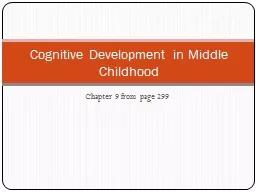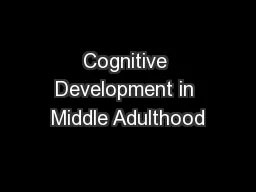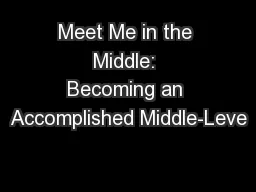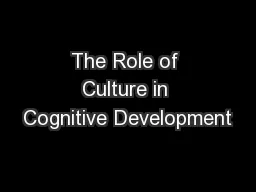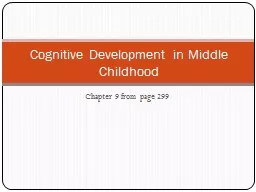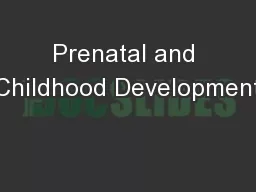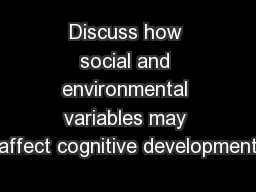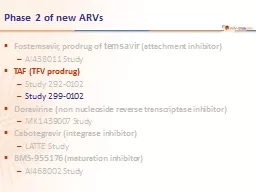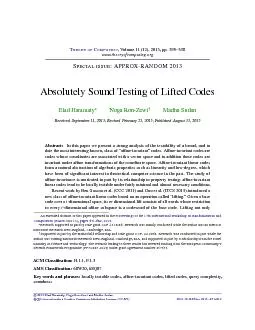PPT-Chapter 9 from page 299 Cognitive Development in Middle Childhood
Author : celsa-spraggs | Published Date : 2018-10-21
Final Exam Final exam will be Wednesday December 7 8AM11AM Piagets Theory The Concrete Operational Stage Concrete operational stage Extends from about age 7 to
Presentation Embed Code
Download Presentation
Download Presentation The PPT/PDF document "Chapter 9 from page 299 Cognitive Develo..." is the property of its rightful owner. Permission is granted to download and print the materials on this website for personal, non-commercial use only, and to display it on your personal computer provided you do not modify the materials and that you retain all copyright notices contained in the materials. By downloading content from our website, you accept the terms of this agreement.
Chapter 9 from page 299 Cognitive Development in Middle Childhood: Transcript
Download Rules Of Document
"Chapter 9 from page 299 Cognitive Development in Middle Childhood"The content belongs to its owner. You may download and print it for personal use, without modification, and keep all copyright notices. By downloading, you agree to these terms.
Related Documents

